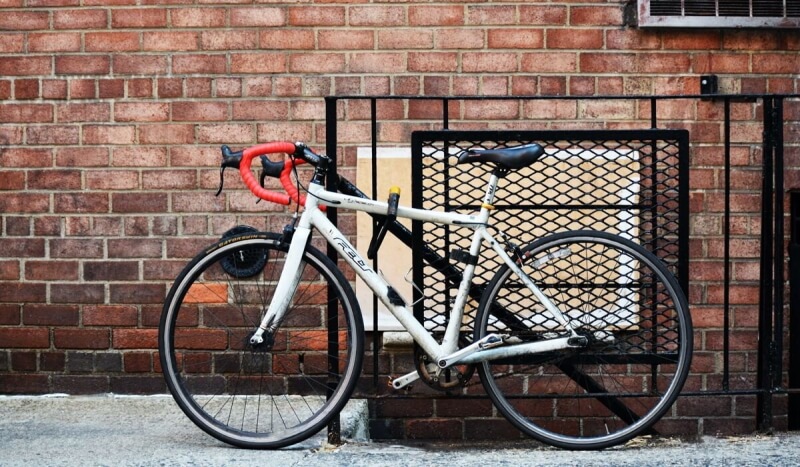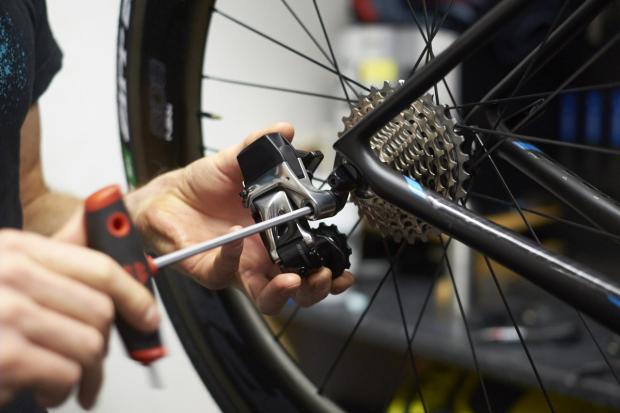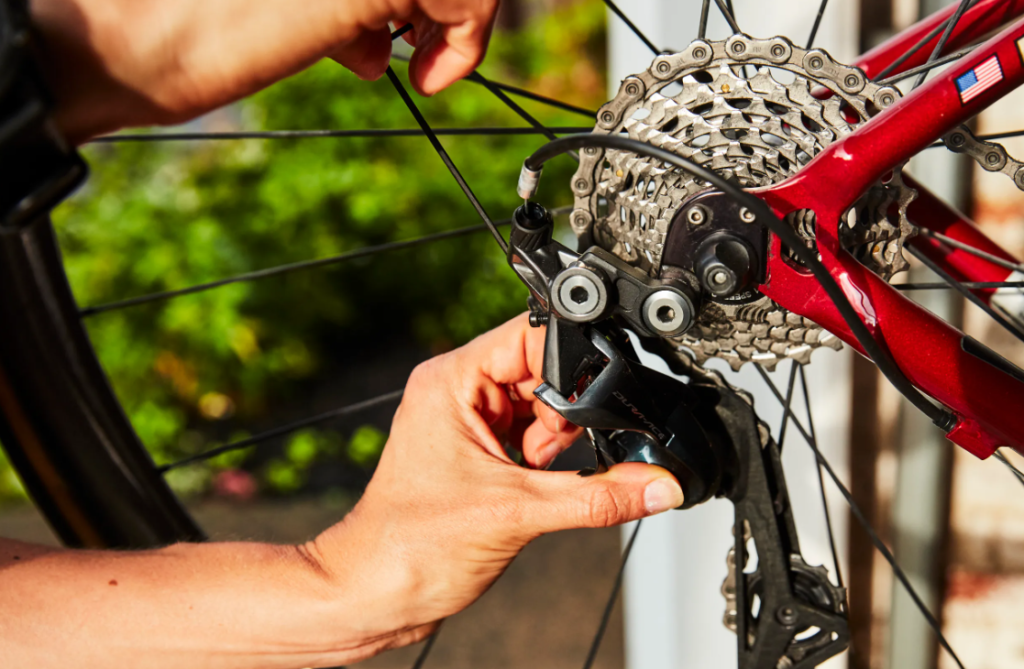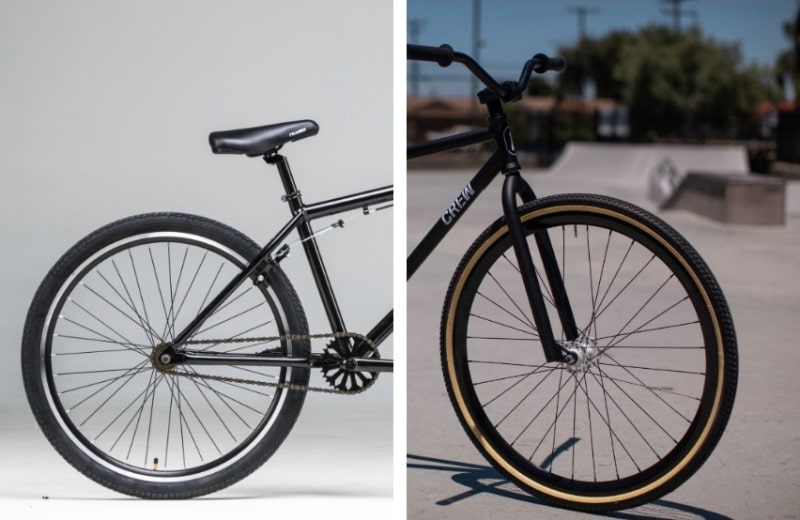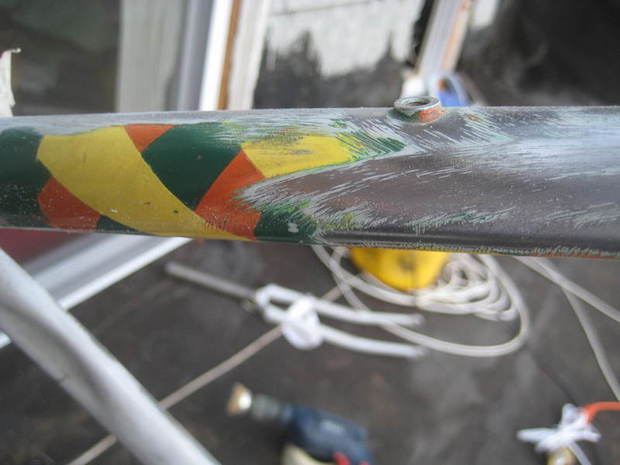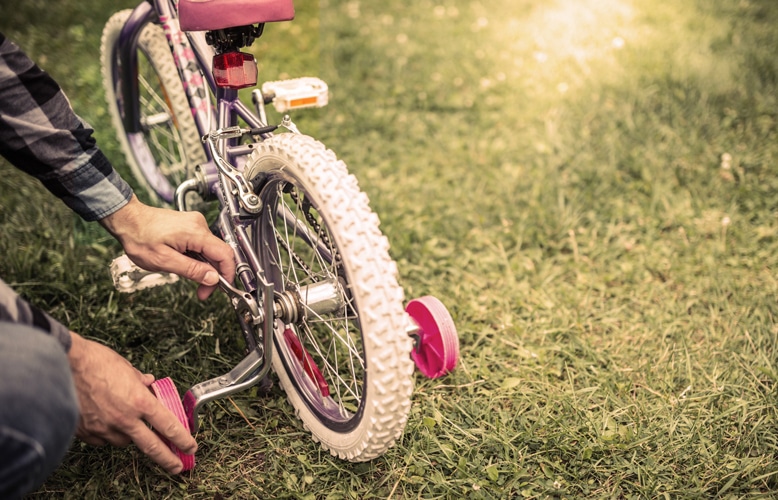- Trails
-
Bikes
-
Gear
-
Tips & Tricks
-
About us


If you’ve ever used the wrong gear on a bike riding session, then you know how difficult pedaling can get. It takes all the fun from the activity and leaves you struggling to catch your breath. So, when this happens, and you’ve done everything right, you are left wondering, ‘Why is my bike so hard to pedal?’
Well, there are several reasons why you’re having a hard time pedaling your bike, including the maintenance aspects of bike ownership. In other instances, it could simply be that the bike is new. Whatever the case, this is a relatively common challenge, but the good news is that you can easily troubleshoot and fix the problem without visiting a mechanic. In this guide, we’ll highlight everything you need to know about difficulty pedaling your bike, including the most common causes and their fixes. Let’s dive in!
Cycling is an exciting activity which is why it’s not surprising that more people are engaging in it recreationally and for exercising purposes. You should, however, abide by the safety rules to avoid getting in crashes. According to the NHTSA Trusted Source Bicycle Safety | NHTSA As you might expect, when a crash occurs between a vehicle and a bike, it’s the cyclist who is most likely to be injured. www.nhtsa.gov , the number of bicycle crashes has increased, which is why they have started safety initiatives. They also advocate for cyclists to follow road rules and watch out for each other as this will significantly reduce the number of accidents.
There are several reasons why your bike is too hard to pedal, and in this section, we’ll cover all the main causes as well as the best fix.
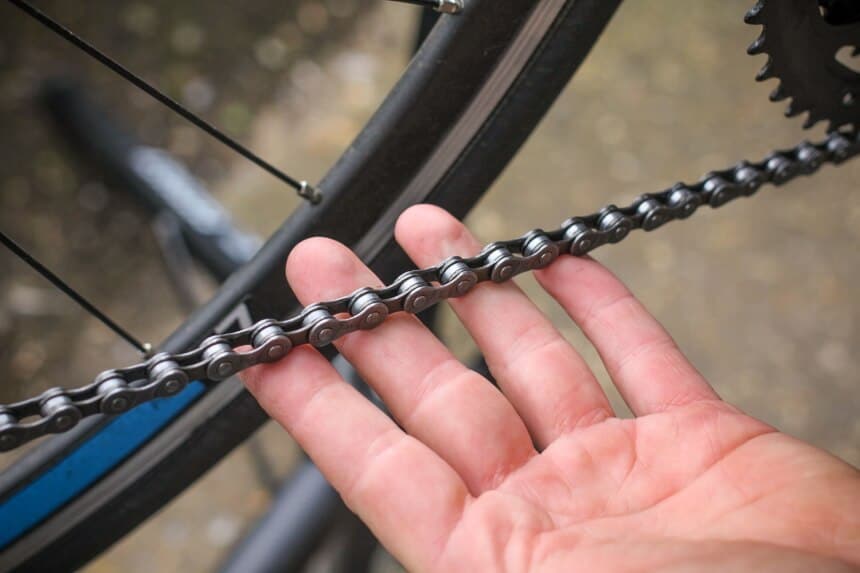
Fixing a rusty chain is easy because you only have 2 options; clean and then lubricate them to reduce friction or change the entire chain. If you don’t clean your bike, the gunk will accumulate and eventually cause too much friction. Lubrication also protects your bike against rusting and reduces friction allowing you to deal with ease. The frequency of cleaning and lubrication should be dependent on how often you cycle and the conditions of where you live.
According to multiple reviews, the Finish Line Bicycle Chain Cleaner is highly effective. It contains both cleaning and degreasing abilities, and it clips directly on your bike chain. This allows you to clean your chain without removing it, which is highly convenient. It also comes with scrubber pads and a unique brush that enables you to clean your bike in less than a minute.
If the rust is already noticeable, it’s too late to save your chain, and we recommend that you get a new one.
Misaligned brakes start running against your bicycle’s wheels and rims, making it hard for you to pedal. This is because it increases the resistance of the brakes or rotor friction and ultimately makes cycling feel like a chore instead of an exciting activity. This problem can affect both the front and rear wheels. To find out whether your bike has brakes misalignment, there are 2 methods you can use;
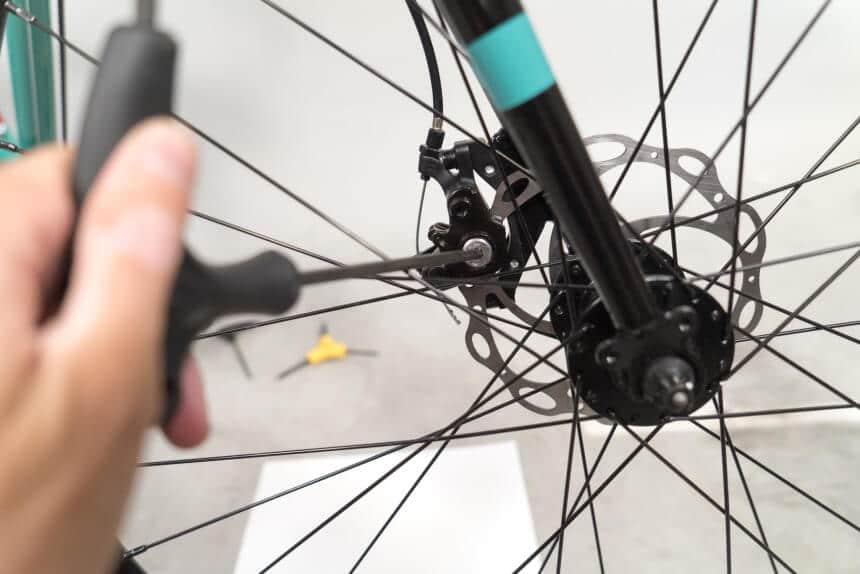
If your bike has hydraulic brakes, the process is a bit more complex. You need to physically adjust the brake pads, and you have to remove the wheel first. While this may sound straightforward, you need to be attentive so that you don’t squeeze the brake lever in the process.
Your bike wheels may still turn when they have low tire pressure, but you’ll face increased rolling resistance, which won’t help you pedal at all. You’ll also notice that your speed significantly decreases, and when you sit on your bike, the tires tend to bulge due to your weight. Low tire pressure also increases your risk of getting a pinch flat. This happens when your bike rides over potholes, curbs, or things with sharp edges, and the inner tube gets stuck between the rim and the object. The end result is holes in the tube.
Low tire pressure is common, especially when you frequently use your bike. The good news is that fixing it is as simple as checking your tire’s air pressure and then using a bike pump to top them up. According to expert reviews, the BV Bicycle Ergonomic Bike Floor Pump is one of the best models in the market. It has an ergonomic design that fits perfectly in your hand and comes with a steel barrel which is highly durable. Most importantly, it has a smart valve head and a gauge that’s easy to read. Be careful not to overinflate your bike.
Generally, different bikes have varying recommended PSI depending on the type of tires and the bike manufacturer.
| Bike type | Pressure |
| Road | 80-130 psi |
| Mountain | 25-30 psi |
| Hybrid | 40-70 psi |
Most of the time, the recommended PSI is usually printed at the tire’s sidewall. If you notice that the air pressure is always low after every cycling session, you should check the tires for leaks and patch them up. If you are wondering ‘why is my mountain bike so hard to pedal’, then your PSI is probably out of the recommended 25-30 range.
If you’re in the market for high-quality bikes, we have compiled various reviews for the best bikes for heavy riders, the best gravel bikes under $2,000, and the best road bikes under $2,000.
Have you ever tried pedaling your bike only to realize that the pedals are spinning harder than they previously used to? This is fairly common and is mostly caused by damaged balls or tight inner axle bolts. To determine whether your pedals are tight, you should spin them quickly, and if you notice any glitches, hard spinning, or resistance, it’s time to service them.
You should also check the wheels for overtightened components. This mostly happens after maintaining or adjusting your bike.
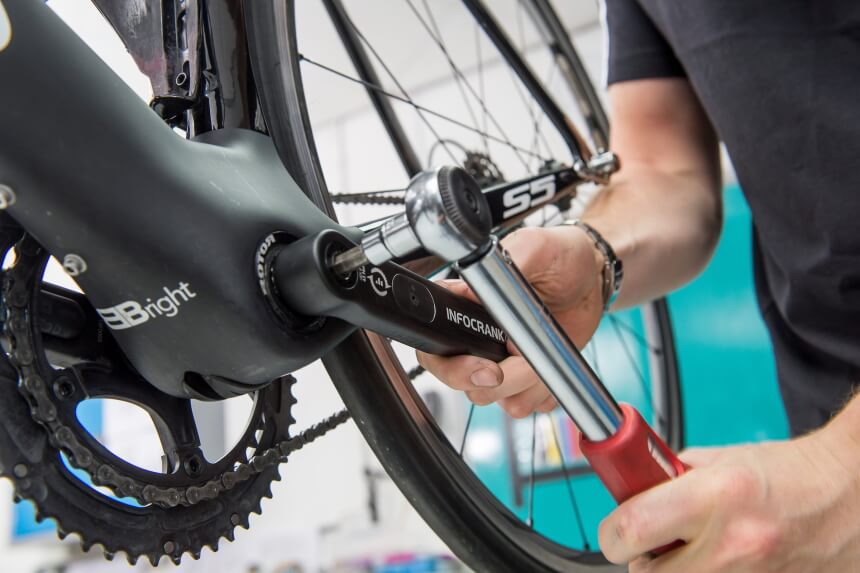
To fix the wheel, you should turn your bike over after switching it to the lowest gear. Rotate the wheel and if you notice some areas with extra tension, check them for overtightened components.
If you’re relatively new at cycling or have just bought a new bike, you may have a hard time differentiating the low and high gears. When your bike is in low gear, it won’t be hard to pedal, but you’ll have to make more pedal revolutions to ride at high speeds. This is why they are typically used for riding with extra weight or uphill cycling.
High gears, on the other hand, require you to use more effort for pedaling, which comes in handy when you’re using cycling as a form of workout or are pedaling downhill. When you’re on uneven terrain, riding on high gear may make pedaling very difficult.
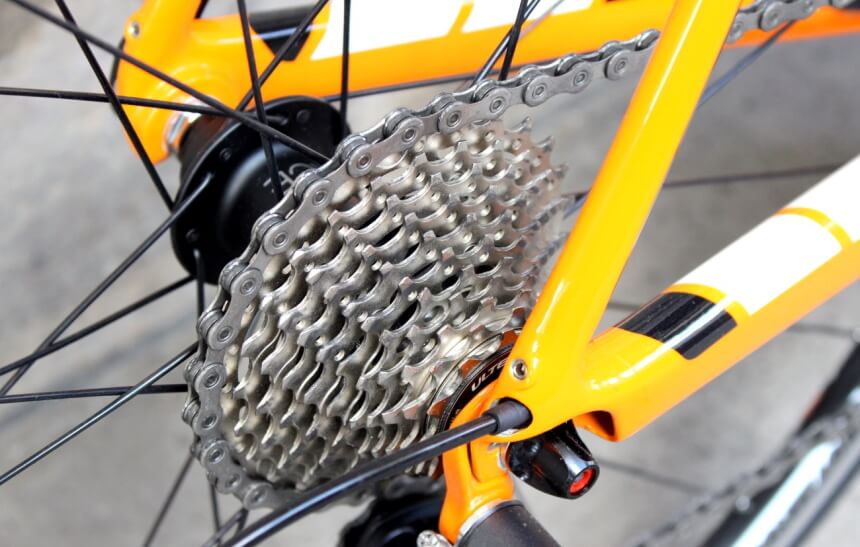
This rarely happens, but you shouldn’t completely rule it out. If your bike has low-quality bearings, they will wear out over time and lose their rolling abilities either by changing their round shape or breaking. This causes them to have a hard time turning, making the wheels harder to spin.
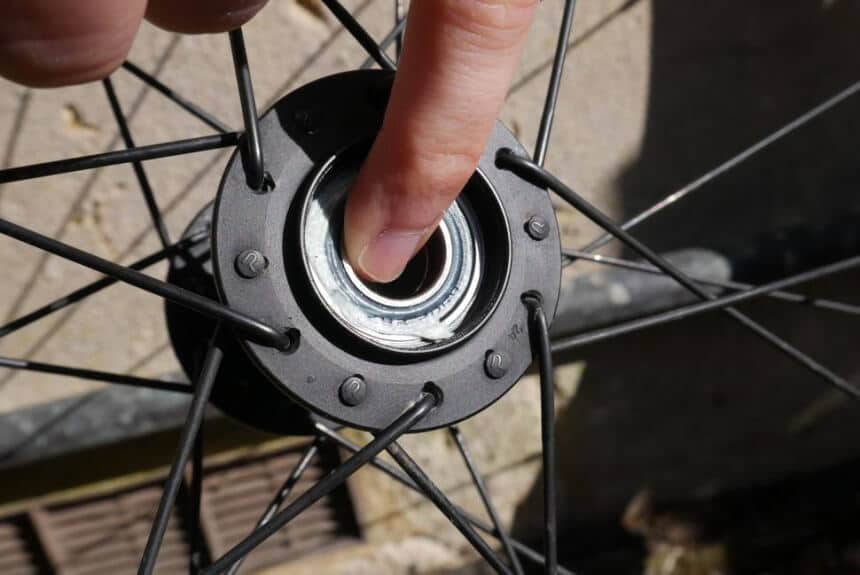
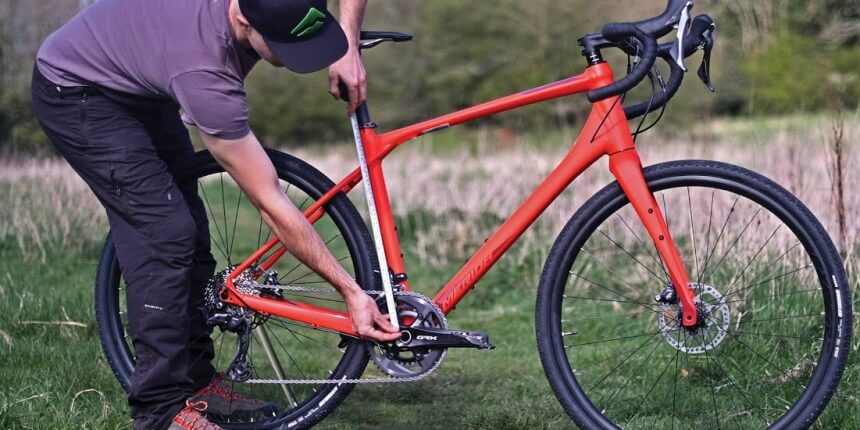
Get the right bike frame. If you’re unsure of the ideal bike size, you should use the manufacturer’s bike size chart but generally, people between 5ft 7 and 5ft 11 should go for bikes with 16 -17 inches frames. If you’ve already bought the bike, you should try to adjust its frame by raising the handlebars or seat to create more pedaling clearance.
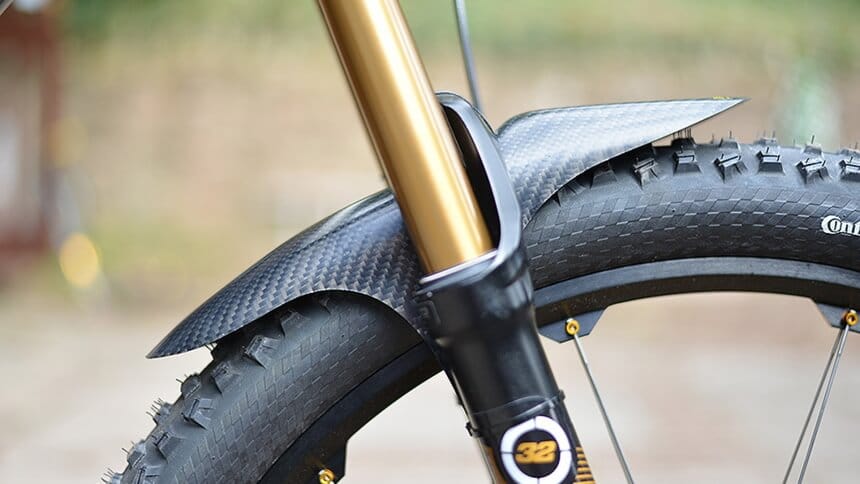
Take out the mudguards and reattach them correctly. If you don’t need the mudguards, you can remove them completely.
According to NCBI Trusted Source On your bike! No time for the recommended 30 minutes of exercise a day? But have you got time for illness? Physical inactivity is a major risk factor for cancer and a bigger risk factor for coronary heart disease than smoking, hypertension, or obesity. www.ncbi.nlm.nih.gov , pedaling has immense benefits, such as body weight control and reduced cardiovascular risks. In addition to taking care of your bike and maintaining it regularly, you should also;
If you notice any problems with your bicycle, you should fix it immediately or take it to your local mechanic for repairs.
If you constantly find yourself wondering, ‘Why is my bike so hard to pedal,’ the above guide is a great starting point. There are various reasons why you’re having a hard time pedaling, and the main ones include wrong gears, chain rust, tightened wheels or gears, low tire pressure, brake misalignment, and a small bike frame. The least common causes are improperly installed mudguards and cartridge system damage. Most of the above challenges can easily be solved at home, but if you have a hard time performing the repairs, you should contact a local mechanic.
